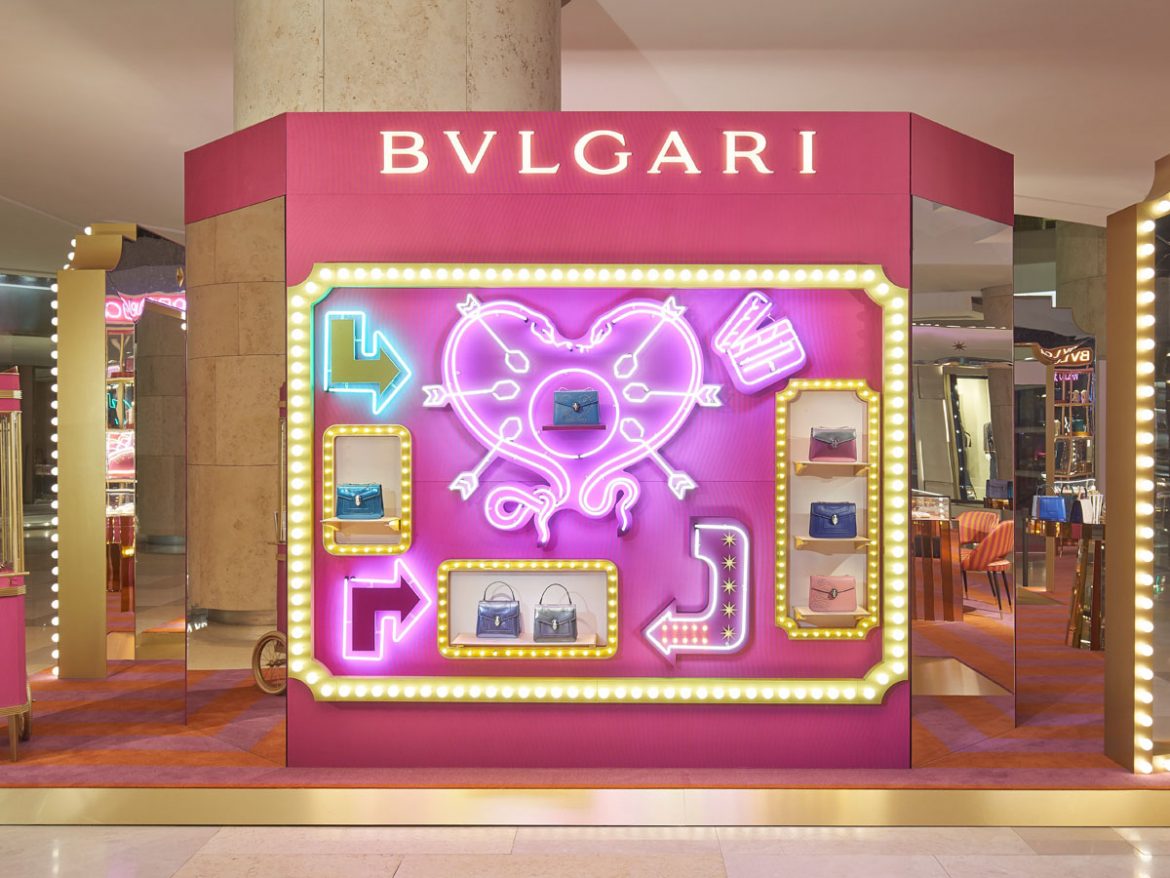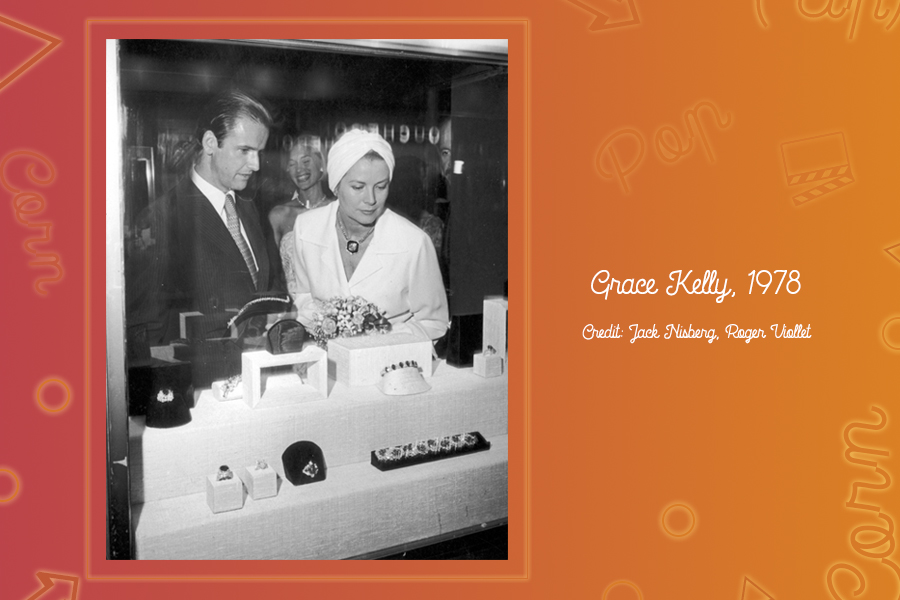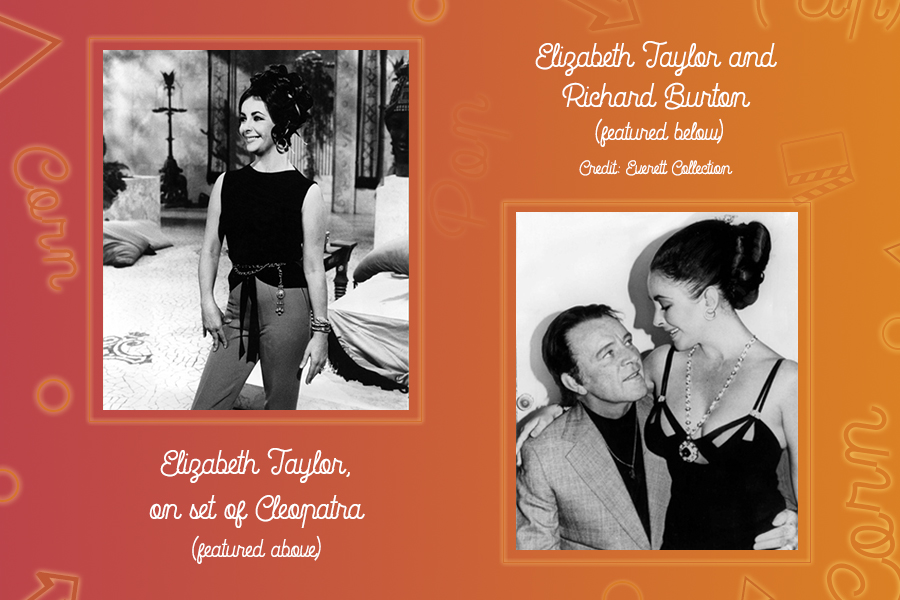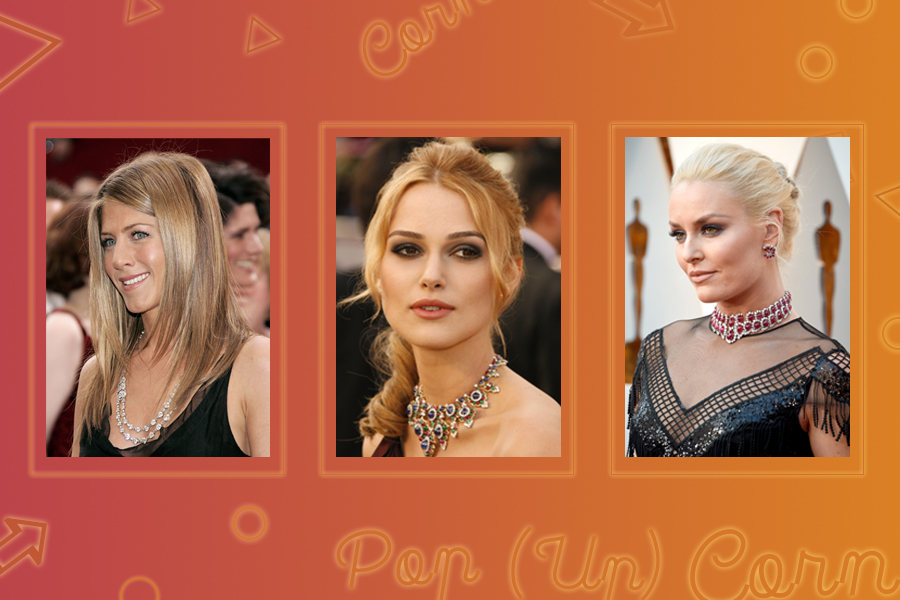Hailed for its audacious glamour, it’s no wonder the brightest stars of the silver screen are drawn to Italian watch and jewellery brand Bvlgari’s creations.
What’s gold and bandung pink, decorated with neon signs and rows of bulbs, serves up a girl’s favourite bling things — handbags, jewellery luxury timepieces — alongside popcorn, and disappears on 31st December?
It’s Pop (Up) Corn by the Italian jeweller Bvlgari, which has established a temporary, but eye-catching presence at Ion Orchard — it had previously popped up in Paris’ Galeries Lafayette in July 2017, and then from 1-24 September 2018 in Tokyo’s chic Omotesando Hills.
Inspired by the heyday of Italian cinema in the swinging 1960s, and designed to resemble an enchanting carousel, the oh-so-Instagrammable pop-meets-old world glamour space carries a selection of handbags, watches and jewellery, including exclusive limited editions such as the Divas’ Dream and Serpenti bags in calfskin leather, and the Bvlgari-Bvlgari necklace and matching bracelet in rose gold and sugilite.

Aside from providing an alternative sales channel for those who need to get their Bvlgari fix while the brand’s Ion store undergoes renovations (it’s expected to reopen in December this year), Pop (up) Corn celebrates the beginnings of a longstanding love affair between the jeweller and the biggest stars of the silver screen.
It all began in the 60s, when the burgeoning Italian movie industry saw the biggest Hollywood stars such as Kirk Douglas, Audrey Hepburn, Sophia Loren, Gina Lollobrigida, Frank Sinatra, Ingrid Bergman, Grace Kelly, Elizabeth Taylor and Richard Burton jet into Rome to film at the famed CineCitta studios.
Elizabeth Taylor and Richard Burton had first met on the set of Cleopatra in Rome, and had been instantly smitten with each other, despite both being married at the time —Taylor to her fourth husband, singer Eddie Fisher.
The legendary screen siren was known to have a passion for jewellery, and Burton wasted no time in wooing her with jewels, even proclaiming: “The only word Elizabeth knows in Italian is Bvlgari!”
Jessica Lange sported a diamond studded gold chain and matching bracelet in King Kong (1976), and in recent years, other celebs such as Lady Gaga, Naomi Watts, Keira Knightley, Uma Thurman, Kate Winslet, Jessica Chastain and Carla Bruni-Sarkozy have chosen to adorn themselves in Bvlgari jewels for red carpet events.
Founded as a jewellery shop in 1884 in Rome by Greek silversmith Sotirio Bvlgari, Bvlgari began making diamond jewellery in the 1920s.
Over time, it became renowned for its bold, audacious and totally distinct style, a departure from the traditional Parisian school of jewellery more commonplace at the time, which tended to be diamond-based and featured asymmetrical motifs and traditional cuts.
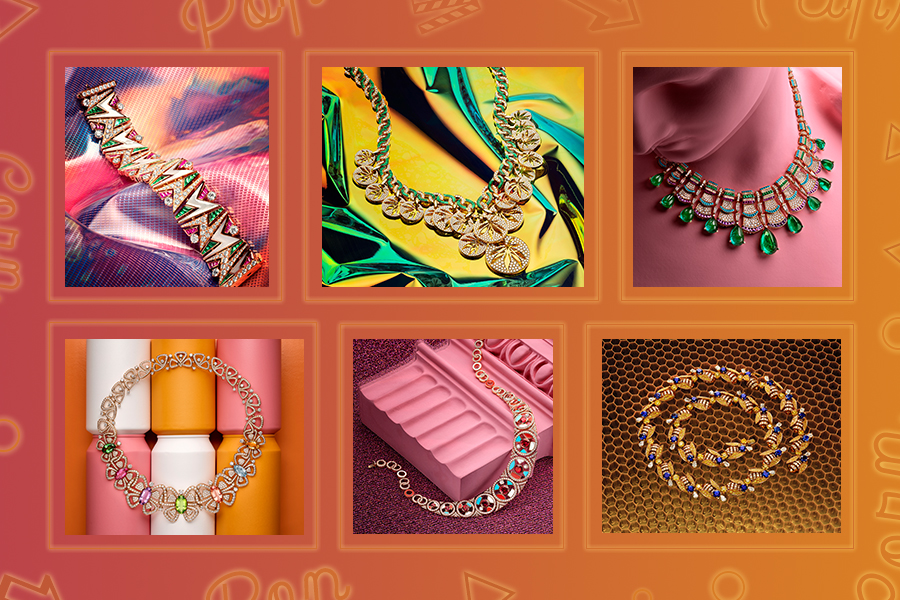
Instead, Bvlgari explored unusual colour combinations such as rubies, emeralds and sapphires, delved into ancient Roman, Greek, Italian Renaissance, and Art Deco for inspiration, mixed precious and semi-precious stones, and even revived ancient cuts that had fallen out of favour, such as the cabochon and takhti cuts, in its symmetrical, compact designs.
In the 1940s, it debuted the Serpenti collection of yellow gold wristwatches, by inserting a watch into snake bracelets which were the rage in the 1920s. The Bvlgari twist lay in the Tubogas motif, which was based on an Ancient Roman technique used to make decorative accessories out of twine, and in how the snake represents wisdom, life, strength and seductiveness in ancient Greek and Roman mythology.
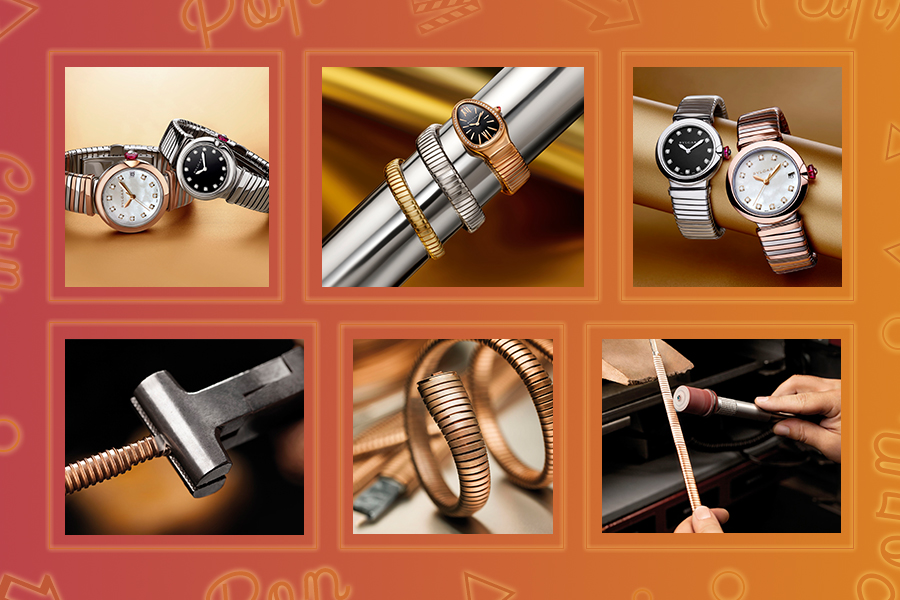
The 60s saw the advent of the Monete range, which saw ancient Roman coins set in thick gold chains, while the Parenthesi, with its interlocking metal components inspired by the stones that pave the roads of Rome, was introduced in the 70s. This was also a decade that marked the creation of the Bvlgari-Bvlgari watch, whose design was inspired by Rome’s ancient architecture.
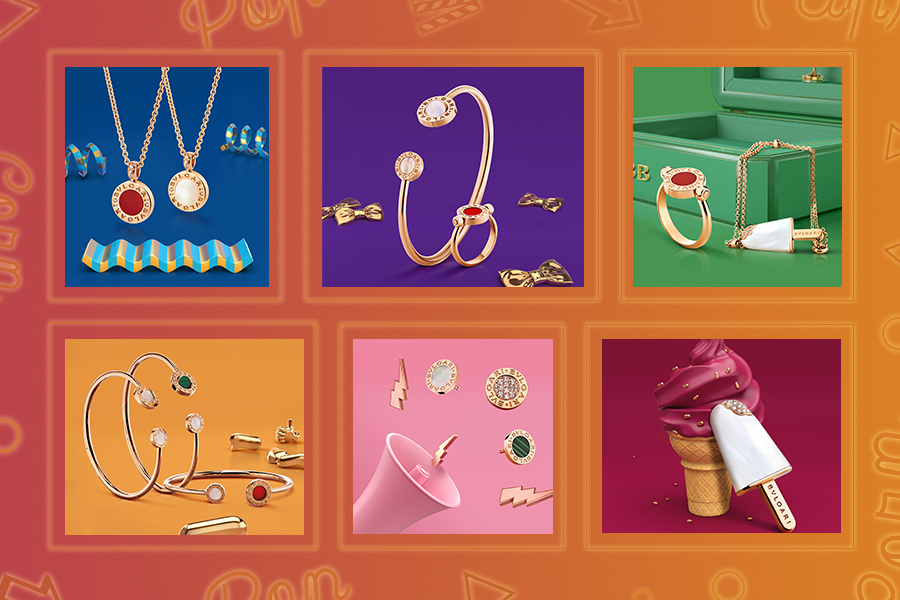
In the 90s, the brand made its first foray into fragrances with the 1992 launch of Eau Parfumee au The Vert, and the 1996 launch of its accessories collection which included leather goods such as handbags and wallets.
First unveiled in 2000, the B.Zero1 Collection, which was inspired by Rome’s Colosseum, combined two of Bulgari’s most-recognized designs, the Tubogas motif and the brand’s Roman BVLGARI logo, and became an instant hit and a new classic on many jewellery-lovers’ must-have lists.
The first Bvlgari hotel opened its doors in Milan in 2004, marking the entrance of the Bvlgari Group into luxury hospitality, and paving the way for subsequent properties in locations as diverse as London, Bali, Shanghai, Beijing and Dubai.
With its varied suite of lifestyle offerings encompassing jewellery, watches, leather goods, fragrances and hospitality, Bvlgari continues to inspire and enchant its fans by showing that, just as all roads lead to Rome, there are various paths one can take to celebrate the Italian Concept of “la dolce vita”, or the sweet life.
Images courtesy of Bvlgari. All rights reserved.
Related links:

